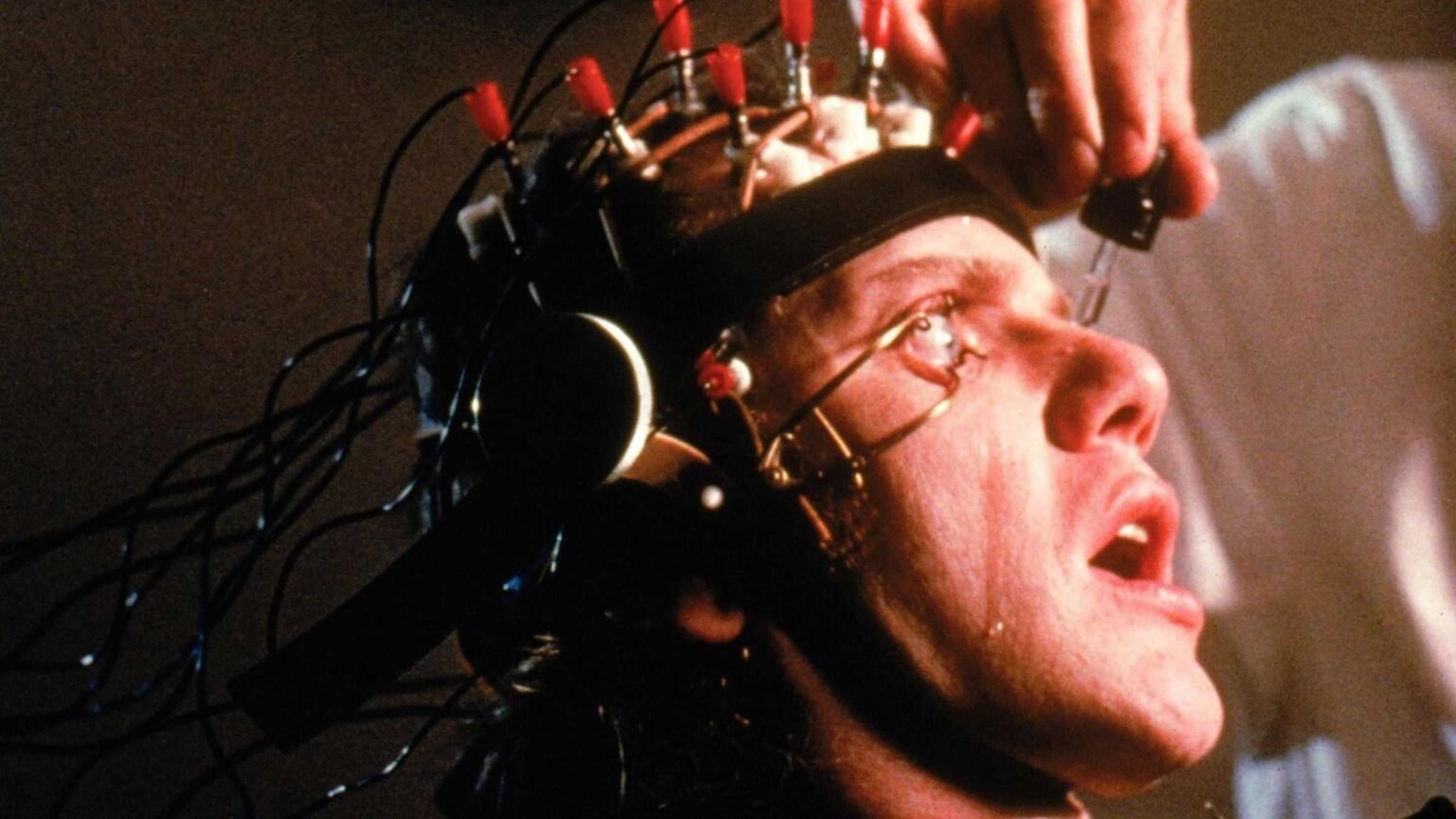Lights, Camera, Terror!
Think horror has a monopoly on fear? Think again. Prepare to have your expectations shattered and your pulse racing with these seven non-horror cinematic masterpieces. Far from the typical horror fare, each film is a genre-defying journey into the heart of terror. They prove, with unnerving precision, that true fear isn’t confined to shadowy corners or haunted houses. Brace yourself for a heart-racing journey that will challenge your expectations and ignite your adrenaline like never before.
A Clockwork Orange (1971)
Violence makes violence.

Directed by the legendary Stanley Kubrick and released in 1971, this film is more than just a visual narrative. It’s an immersive, thought-provoking odyssey. Adapted from Anthony Burgess’s novel, it unveils a near-future Britain where societal norms are turned on their head, and deeply conflicted moral judgments.
Central to the story is Alex DeLarge, portrayed by Malcolm McDowell, a character both charismatic and deeply disturbed. His interests are as chilling as they are peculiar, ranging from a profound love for classical music, particularly Beethoven, to indulging in acts of “ultra-violence,” including brutal crimes. Leading a gang of droogs, Alex takes us through a dark tale of crime, punishment, and the controversial ethics of rehabilitation.
Kubrick’s adaptation stands as a storytelling marvel, employing disturbing and violent imagery to explore themes such as psychiatry, juvenile delinquency, and broader social, political, and economic issues. The film’s use of “Nadsat,” a fictional slang, further enhances its unique and unsettling aura.
Upon its release, “A Clockwork Orange” sparked controversy and divided opinions, especially for its explicit portrayal of violence. Nonetheless, its impact is undeniable, leading to critical re-evaluation and a dedicated cult following over time. It stands as a cinematic milestone that confronts viewers with profound questions about free will, the essence of evil, and the government’s role in the lives of individuals.
The Nightingale (2018)
A Tale of Vengeance and Survival
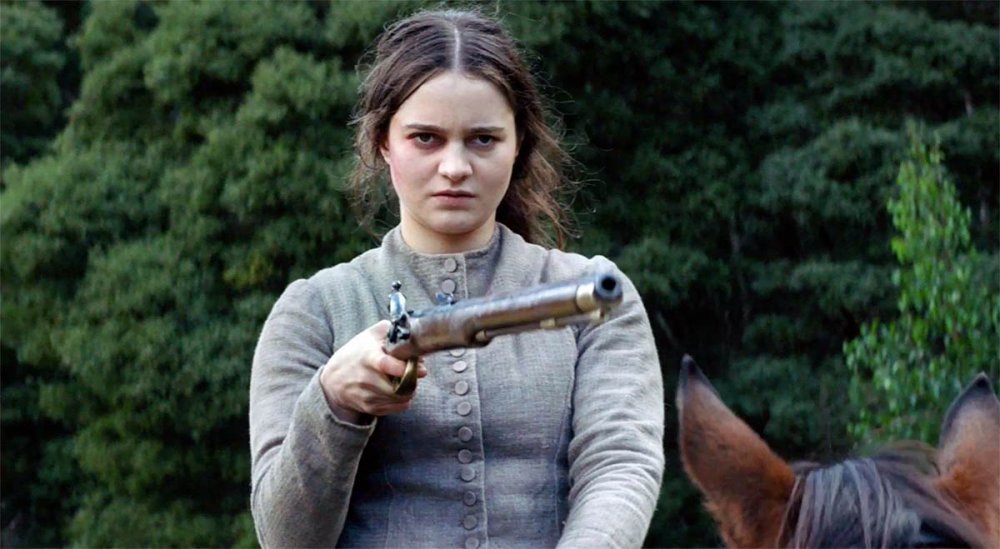
Embark on a gripping journey with “The Nightingale,” a film that transcends the typical boundaries of storytelling. Set against the backdrop of 1825 Tasmania, this intense drama directed by Jennifer Kent, who previously helmed “The Babadook,” explores themes of revenge, trauma, and resilience. The narrative follows Clare, a young Irish convict, who embarks on a quest for retribution after suffering unspeakable atrocities at the hands of British officers. Accompanied by Billy, an Aboriginal tracker with his own painful past, Clare’s path is fraught with danger and moral complexities.
The film’s portrayal of colonial Australia is stark and unyielding, highlighting the brutal realities of imperialism and racial conflict. Kent’s direction ensures that “The Nightingale” is more than just a tale of vengeance. It’s a deep exploration of the human condition, of pain and the quest for justice. The performances are raw and powerful, particularly Aisling Franciosi as Clare, who embodies the character’s anguish and determination with remarkable depth.
We Need To Talk About Kevin (2011)
A Mother’s Struggle with a Son’s Demons
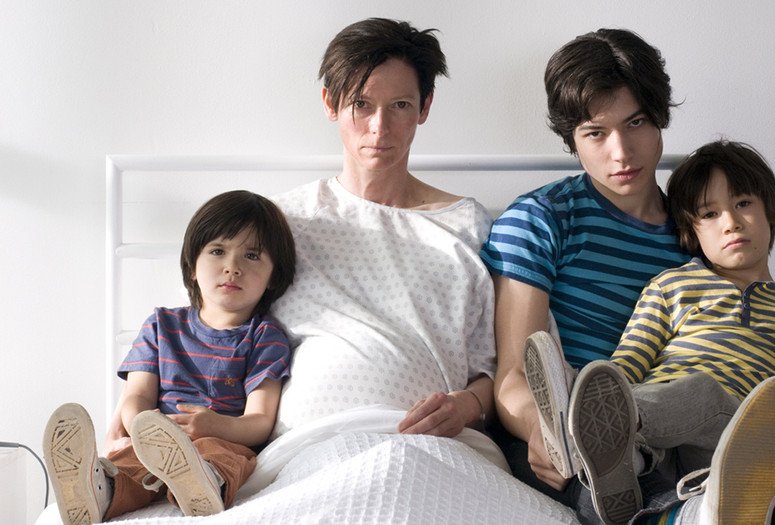
“We Need to Talk About Kevin,” a captivating psychological thriller drama, intricately explores the multifaceted and often unsettling dynamics of family and societal norms. Skillfully directed by Lynne Ramsay and co-written alongside Rory Stewart Kinnear, this compelling film serves as an adaptation of Lionel Shriver’s acclaimed 2003 novel bearing the same title. Significantly, its 2011 release showcased the exceptional talents of Tilda Swinton, John C. Reilly, and Ezra Miller, each delivering pivotal performances that underscore the film’s intense narrative.”
The story revolves around Eva Khatchadourian (played by Swinton), a once-successful travel writer who grapples with the haunting reality of her son Kevin’s psychopathic tendencies and the horrific acts he commits. The film intricately explores Eva’s struggle to understand and come to terms with Kevin’s nature, juxtaposing her memories of his upbringing with her present-day life, marked by isolation and societal scorn.
Swinton’s portrayal of Eva earned her nominations for the Golden Globe Award, Screen Actors Guild Award, and the BAFTA for Best Actress in a Leading Role. The film itself received widespread acclaim for its intense narrative and powerful performances, particularly highlighting the complex emotional layers within a family dealing with unimaginable tragedy.
Dante’s Peak (1997)
A Volcanic Nightmare
“Dante’s Peak,” a 1997 American disaster film, erupts with suspense and heart-pounding action. Directed by Roger Donaldson and starring Pierce Brosnan and Linda Hamilton, the movie takes us to the fictional town of Dante’s Peak. Here, the residents face a terrifying ordeal as a long-dormant stratovolcano suddenly awakens, threatening their very existence.
The film begins with a tragic prelude in Colombia, where volcanologist Harry Dalton loses his fiancée during a volcanic eruption. Four years later, still haunted by this loss, Harry is sent to Dante’s Peak to investigate unusual seismic activities. There, he meets Mayor Rachel Wando and her children, Graham and Lauren, and quickly realizes that the town is on the brink of disaster.
As the volcano shows signs of imminent eruption, Harry’s warnings are initially dismissed. However, the situation escalates rapidly, forcing the townspeople into a desperate fight for survival. The film masterfully captures the chaos and fear as nature unleashes its fury, with Brosnan and Hamilton delivering compelling performances that anchor the story in human emotion.
90s were iconic in many ways. Check out the most iconic scenes from horror movies.
“Dante’s Peak” combines stunning special effects with a gripping narrative, making it a standout in the disaster film genre. Despite mixed reviews from critics, it resonated with audiences, becoming a commercial success. The movie not only thrills with its depiction of volcanic destruction but also touches on themes of loss, resilience, and the power of community in the face of overwhelming adversity.
No Country for Old Men (2007)
The Coen Brothers Masterpiece of Suspense
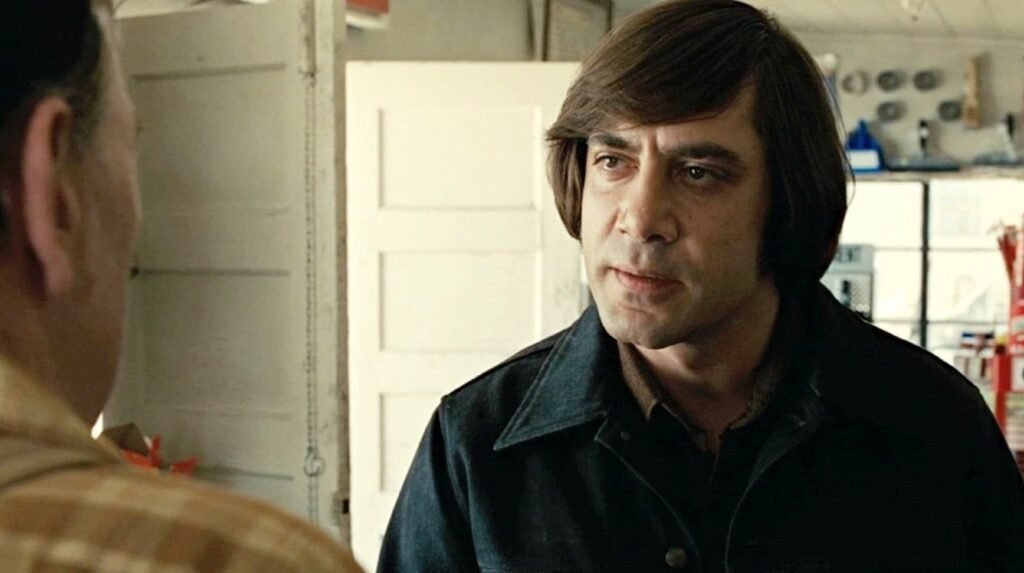
Released in 2007, this Coen Brothers’ adaptation of Cormac McCarthy’s novel is a cinematic journey into the heart of darkness and suspense. The story unfolds in the stark, unforgiving landscapes of West Texas, where a chance discovery of drug money spirals into a deadly game of cat and mouse.
The narrative centers around Llewelyn Moss, portrayed by Josh Brolin, a hunter who stumbles upon a gruesome drug deal aftermath and makes a fateful decision to take a suitcase full of cash. This act triggers a relentless pursuit by Anton Chigurh, an enigmatic and terrifying hitman played by Javier Bardem in an Oscar-winning performance. Bardem’s portrayal of Chigurh is a chilling highlight, bringing to life a character who is both philosophical and merciless, a representation of fate’s inexorable march.
Tommy Lee Jones shines as Sheriff Ed Tom Bell, a lawman grappling with the changing moral landscape and the rising tide of violence that Moss’s actions have unleashed. His performance adds a layer of introspective depth, reflecting on themes of fate, choice, and the nature of evil.
The film’s narrative is a complex tapestry that weaves together multiple perspectives, each adding to the overarching sense of dread and inevitability. The Coen Brothers’ direction is impeccable, crafting a film that is both visually stunning and narratively gripping. The sparse, haunting landscapes of the film serve as a perfect backdrop for the tense, atmospheric storytelling.”No Country for Old Men” is not just a thriller; it’s a profound exploration of morality, chance, and the human condition.
Requiem For A Dream (2000)
A Harrowing Dive into Addiction
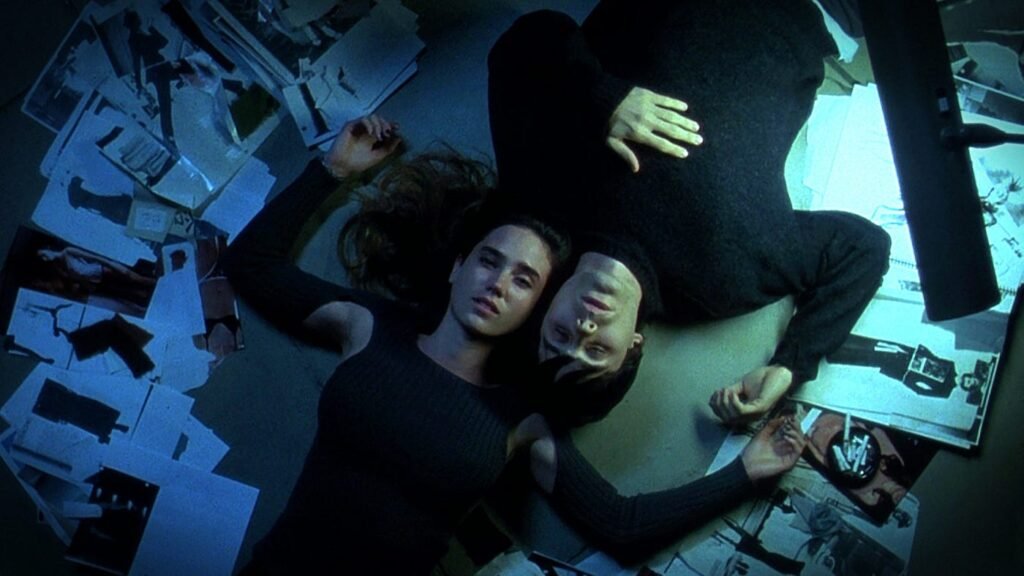
“Requiem for a Dream,” directed by the visionary Darren Aronofsky, is a gripping tale of addiction’s devastating effects. Released in 2000, this psychological drama stars Ellen Burstyn, Jared Leto, Jennifer Connelly, and Marlon Wayans. Based on Hubert Selby Jr.’s 1978 novel, the film paints a stark portrait of four individuals ensnared in the throes of drug addiction, leading them down a path of delusion and desperation.
The story revolves around Sara Goldfarb, a widow whose life is consumed by television, and her son Harry, a heroin addict. Harry, along with his girlfriend Marion and friend Tyrone, dreams of a better life, but their addiction to heroin becomes a crippling force. Sara, dreaming of appearing on her favorite game show, embarks on a dangerous journey with amphetamines to lose weight. Each character’s addictions gradually overtake their reality, culminating in a masterfully showcased series of catastrophic events.
Aronofsky’s direction, combined with the powerful performances, especially Burstyn’s Oscar-nominated role, creates an intense, emotionally charged experience. The film’s unique visual style, haunting musical score by Clint Mansell, and the raw portrayal of addiction’s impact make “Requiem for a Dream” a standout film that leaves a lasting impression on its audience.
Threads (1984)
A Chilling Tale of Nuclear Apocalypse
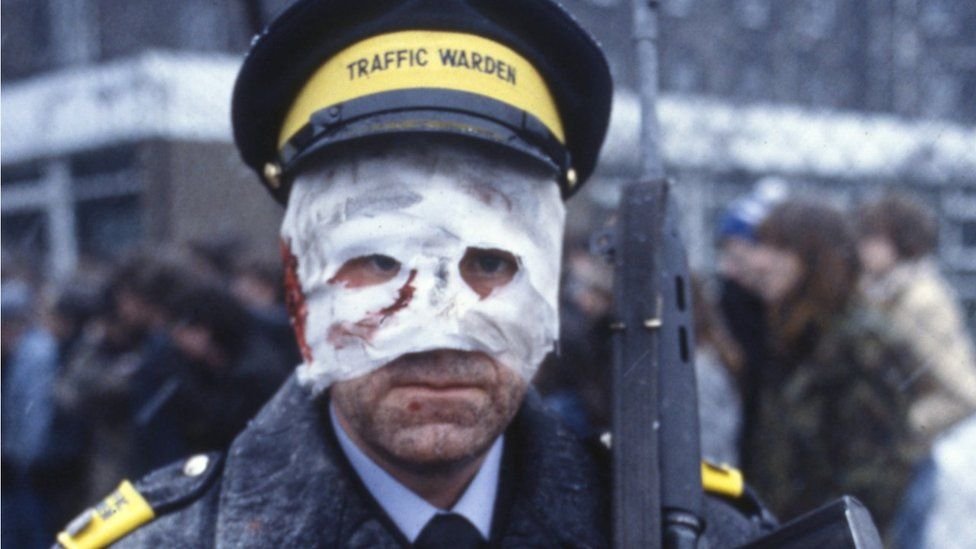
“Threads,” a 1984 British-Australian television film, presents a harrowing and profound depiction of nuclear war and its aftermath. Directed by Mick Jackson and written by Barry Hines, this film stands as a stark portrayal of the potential horrors of a nuclear conflict. Set in Sheffield, Northern England, the narrative centers around two families amidst escalating tensions between the United States and the Soviet Union. The film begins with a focus on the personal lives of its characters, particularly young adults Ruth Beckett and Jimmy Kemp, whose plans for marriage are overshadowed by the looming crisis.
As the confrontation escalates into a full-scale nuclear exchange, “Threads” shifts its focus to the devastating impact of the war. The film is unflinching in its depiction of the medical, economic, social, and environmental consequences of such a catastrophe. Notably, it was one of the first films to explore the concept of a nuclear winter, presenting a chilling vision of the aftermath where survivors grapple with a drastically altered world.
As the curtain falls on this cinematic exploration, it’s clear that the true power of film lies in its ability to transcend genres, to unsettle, and to provoke thought. In the end, these movies do more than just entertain; they linger in our minds, haunt our dreams, and remind us of the endless possibilities that cinema holds.
While the above movies are not horror classics, let’s talk about the 5 classic horror movies that should never have a remake?

